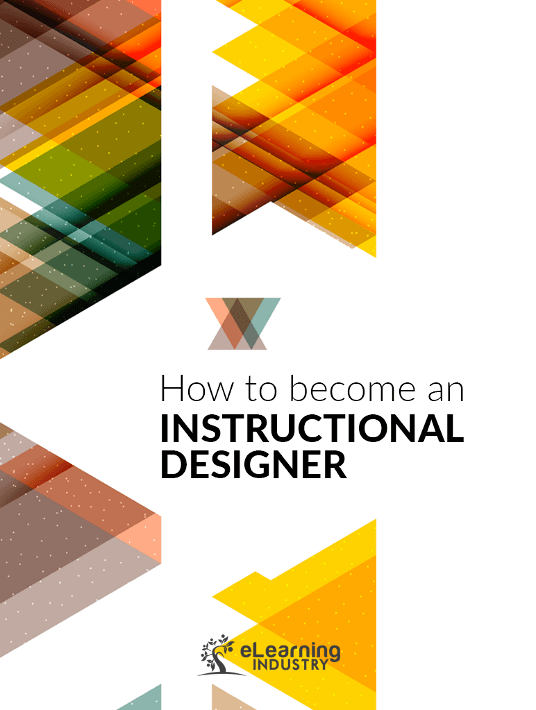I’ve been delving into the online entrepreneurial world the last year and have noticed that everyone and their mother have an e-course. This is good in a way, as it increases the opportunity for informal learning and personal growth. However, many courses are a “hot mess” in that they do not consider the sequence of learning. That is, they don’t consider how to lay out learning segments or experiences that support how the brain works, how people learn or how adults develop naturally. Their content is just sort of pushed together and delivered. As a result, students are less than satisfied and feel they haven’t learned well enough for their money.
To be a good Instructional Designer, study how to create sequential, progressive learning that supports the students. Draw on popular and sound learning theories (i.e. adult learning theory, brain-based learning, experiential learning theory, etc.) to help you understand how to design effective education. I went away from following theoretical frameworks and got lost in my course development work. Now I can’t design without them. Simply put, they inform my designs, which are effective and consider the impact on learners.
Start with designing for offline learning then transfer it to online. Use the affordances of technology to (somewhat) replicate the in-person experience, such as capturing lectures in video, using audio for storytelling, facilitating group work in discussion forums, etc. And also recognize that web-based technology can offer more than an in-person course, such as providing more interactive content, personalized scaffolding, self-paced learning and active learning community. Envision what learners can do and build it.



